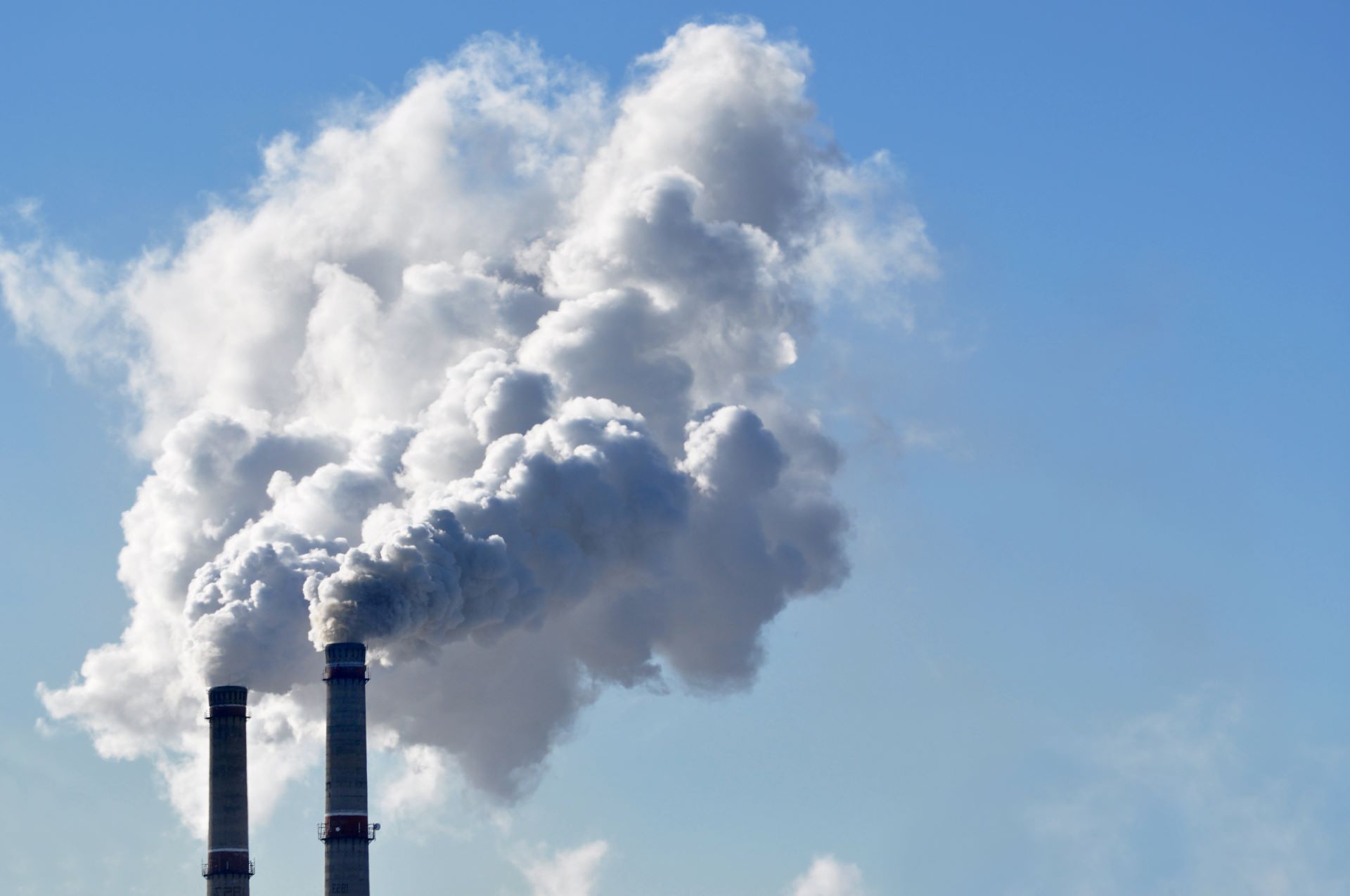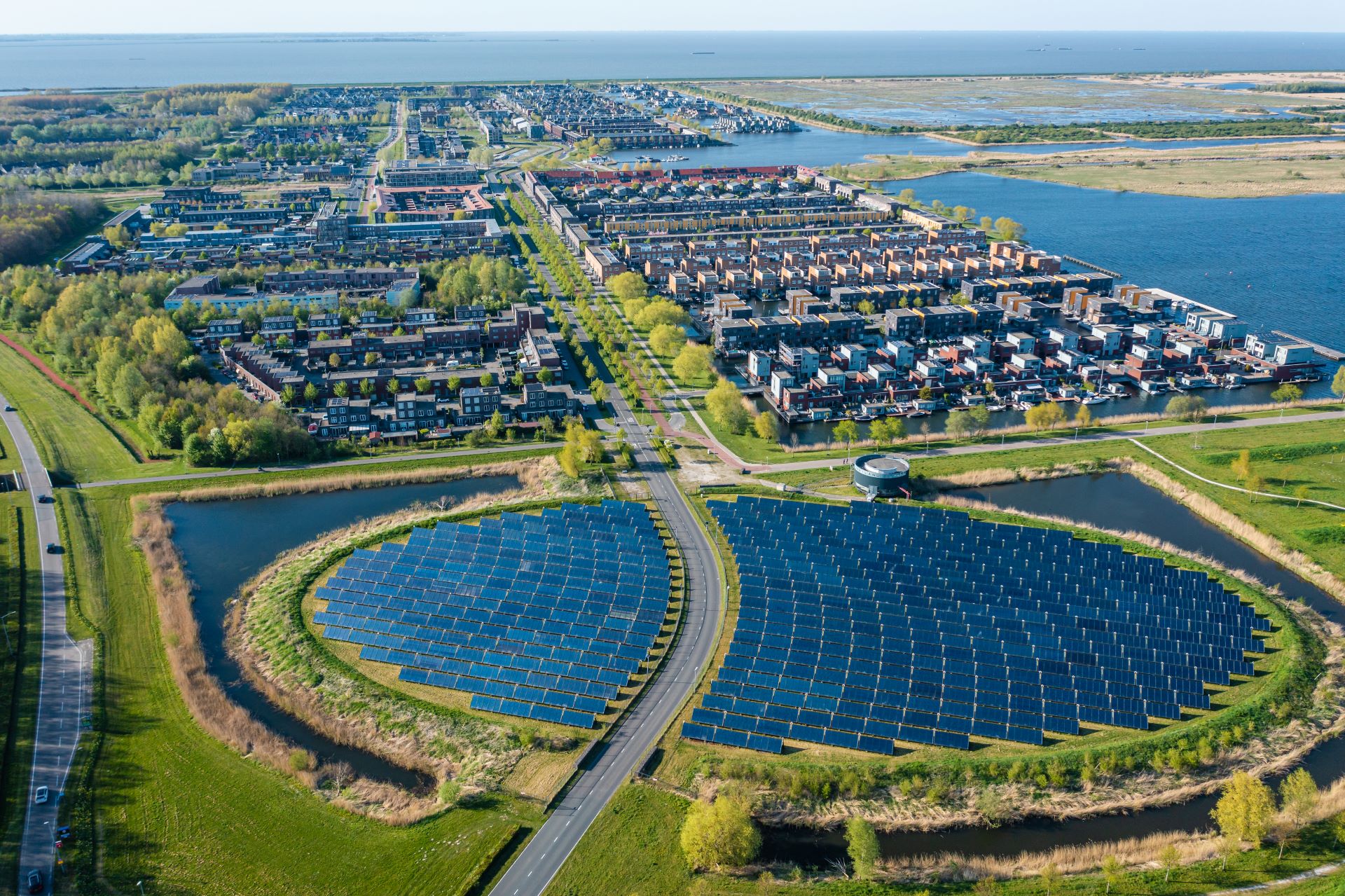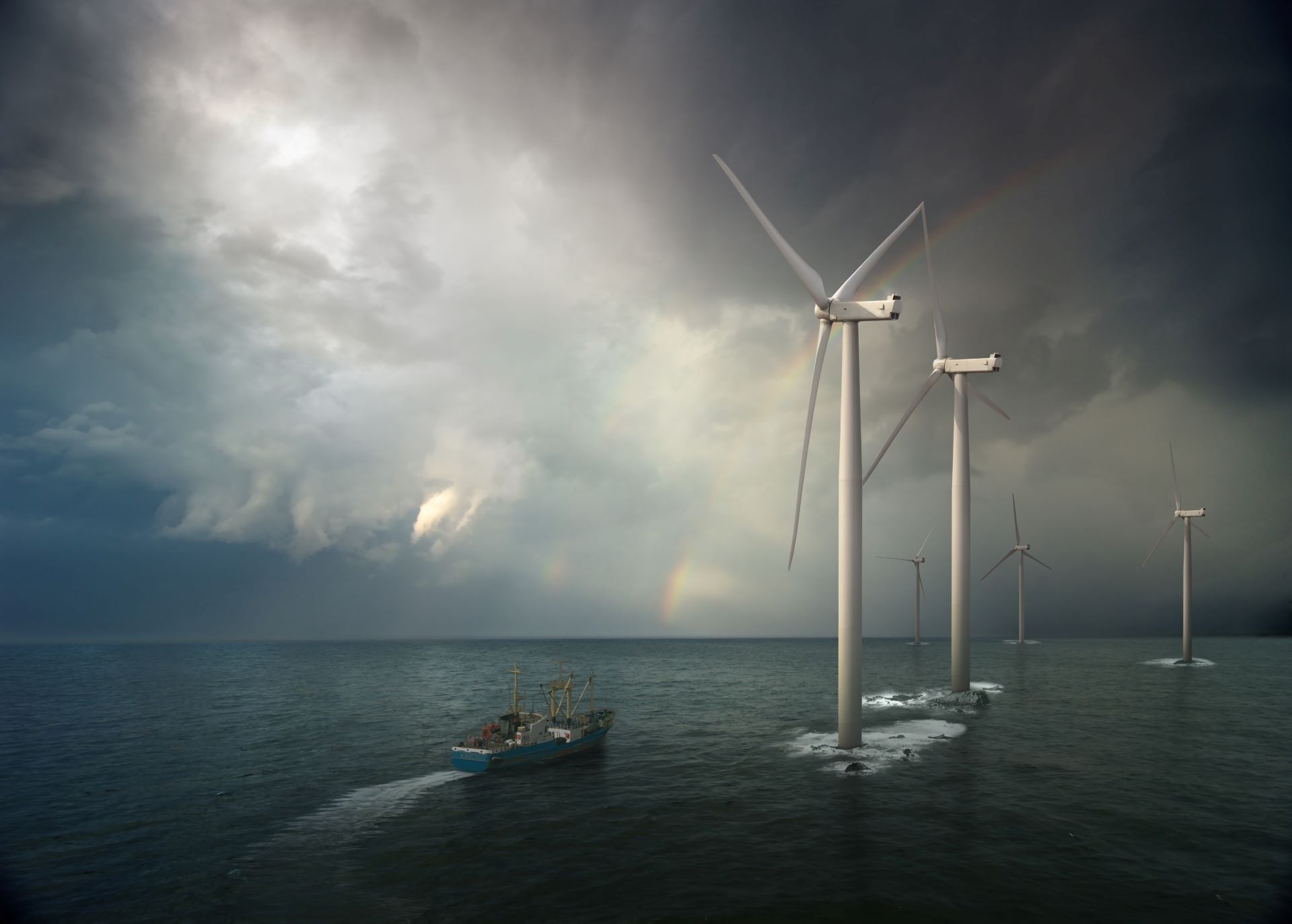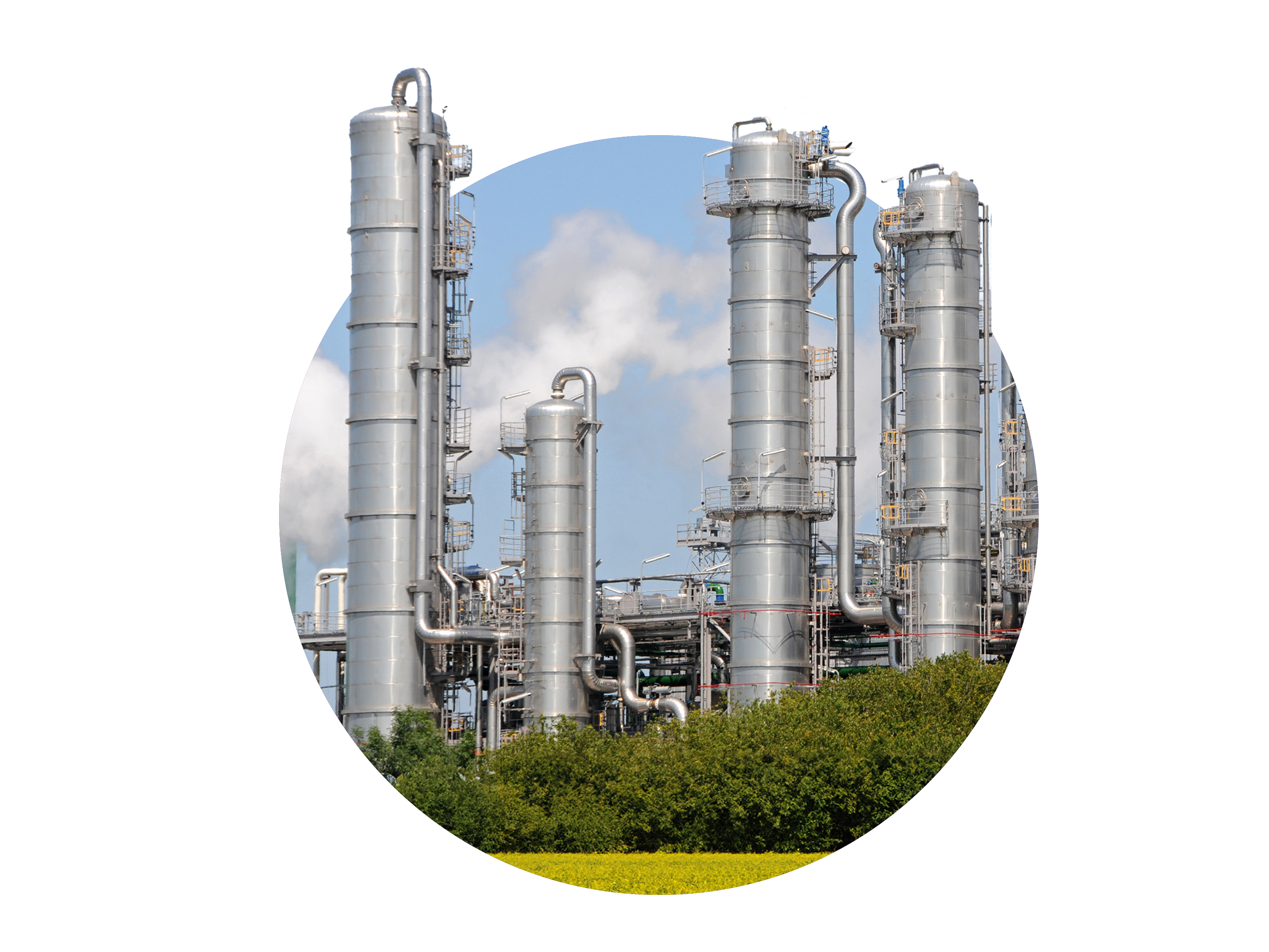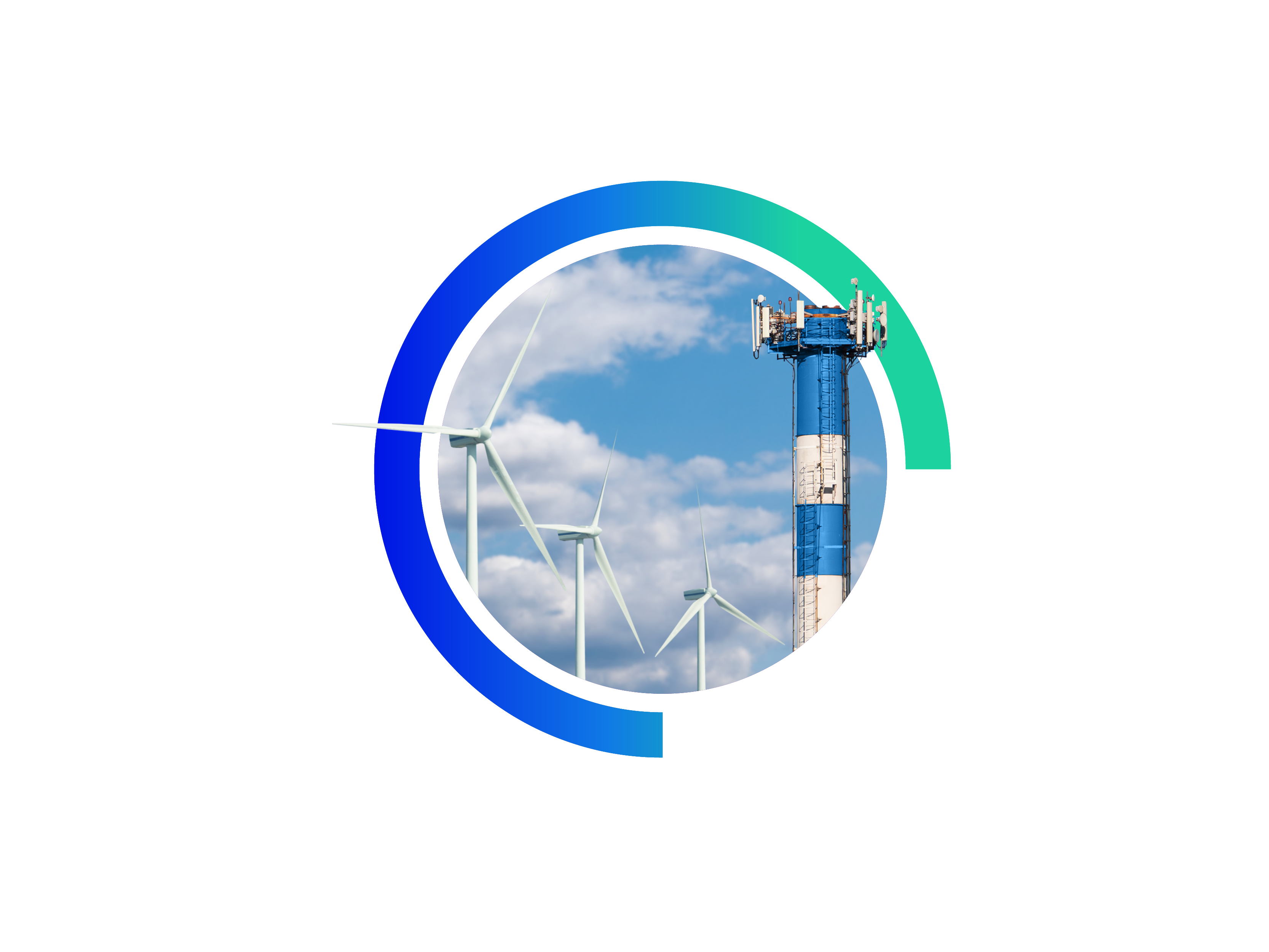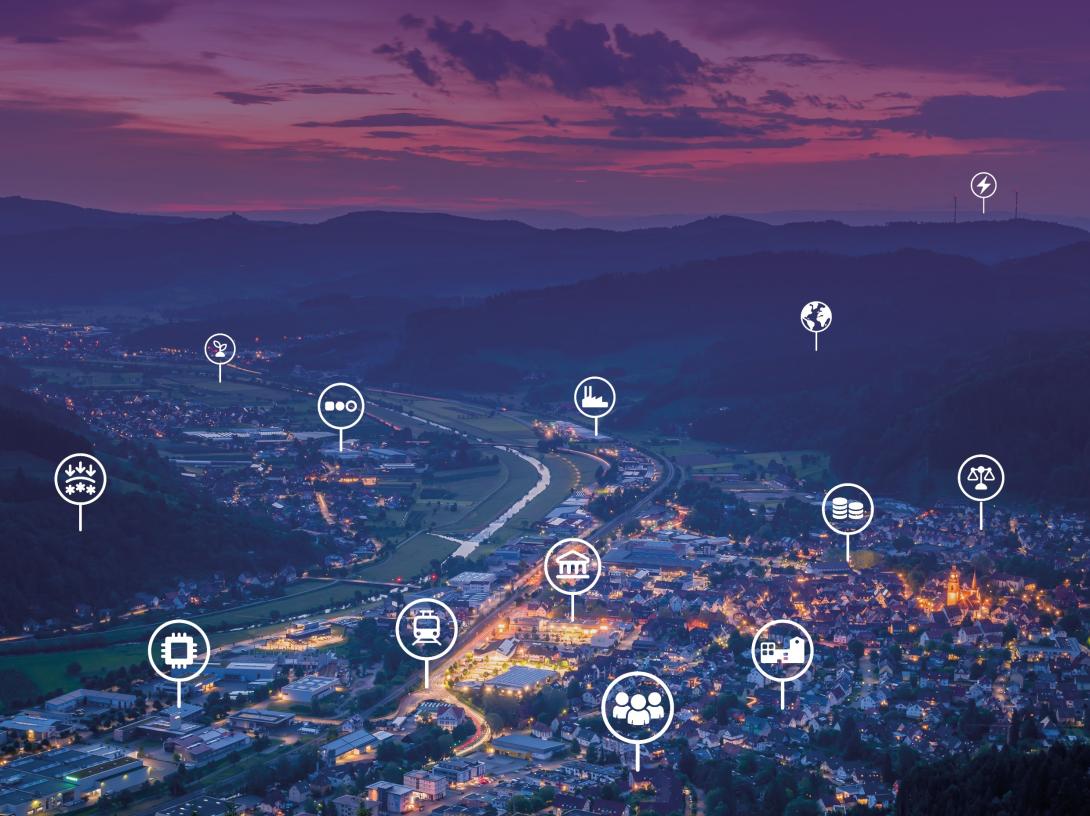Conclusions
So far, the EU industry has been reducing its GHG emissions at a pace that is far too slow to meet EU climate targets. Moreover, the pace of emissions reduction has recently been slowing, as the potential for cuts resulting from structural economic changes has been largely exhausted, and there is no evidence for an increasing share of fully decarbonised energy sources in industry in the last five years.
Furthermore, the analysis of data regarding the enabling factors for industrial transition points to an unfavourable environment for future changes: progress on circularity and energy efficiency is still very slow, and while the current monitoring framework is insufficient to track progress on zero-carbon energy carriers and infrastructure, anecdotal evidence points to a sluggish pace of changes also in this area.
If the current dynamic of changes in industry persist, the EU could not achieve its 2030 and 2050 climate targets. EU policymakers should therefore take more decisive policy action to speed up the transition in industry by addressing the industry transition’s current blind spots:
- Promoting further circularity and energy efficiency in industry,
- Improving quality and transparency of planning for development of zero-carbon energy sources and critical infrastructure.
Some of the most important policy measures aiming to stimulate industrial transition were proposed in 2021 and accepted already, as part of the Fit For 55 package. They either remove barriers to deployment of zero-carbon energy development in industry (i.e. low-cost effectiveness) or stimulate their uptake (both increase in scale and scope).
In spite of all the current challenges related to the transformation of the EU industry, the sector can become compatible with climate-neutral economy. That requires some additional policy action in the crucial areas, as suggested above, followed by effective implementation of the outlined measures. Inaction or a slow response to industrial challenges will be associated with a risk of derailing the EU’s progress towards carbon neutrality by 2050 and loss of the EU industry’s competitive advantage.

